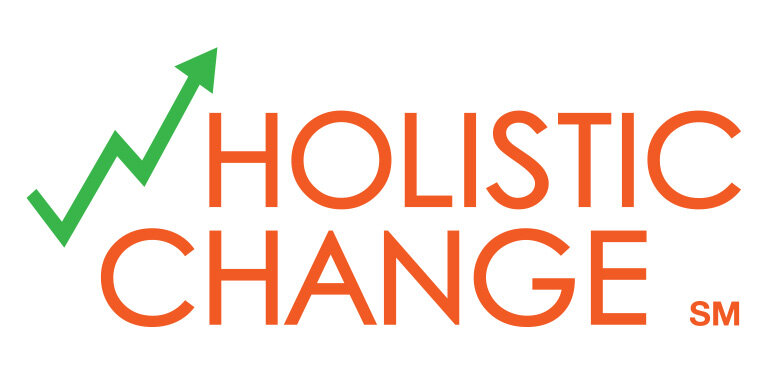My first consulting gig was working for a bank that had begun as a startup, yet over 3 years had become a successful company. The bank was transitioning to a more operational model that would continue to serve its existing customers while also redesigning its products to be able to serve a broader audience. When I joined, the CEO who had launched the startup had already been given his golden parachute.While the company made the transition to a more mature operation, there was no named CEO. The bank was being run by what my manager referred to as the "3-headed monster:" the bank president, the CFO, and the COO. The challenge for those of us responsible to deliver the redesigned products and services was that the 3 heads each had different visions, different agendas, and different perspectives on what was important. It was virtually impossible to get them to agree on anything, so as a consultant, I deferred to my manager and my project sponsor for vision and instruction. Our guiding principle was, barring explicit direction from the 3 headed monster, we would proceed as planned and hope for the best.How could the bank have handled the transition period differently? We recommend using the Transition to Operations approach from Chapter 18 of our book, wHolistic Change: Delivering Corporate Change That Lasts:
1. Defined vision--When you make the transition to operations, do what you can to guarantee that the defined vision will remain intact. One way to accomplish this is to have established sponsorship.2. Established sponsorship--As part of the change effort itself, sponsorship was crucial to success. Equally important is sponsorship for the ongoing continuous improvement. When the excitement and angst of the change have calmed down and what was new is now every day, it is very easy for things to slide backward or sideways. It will be the diligence of the continuous improvement team and their governance that will keep things on track.3. Established leadership--No matter how [continuous improvement] is structured, there will need to be some element of leadership defined, however loosely. Ask yourself:• Who will convene the continuous improvement team?• Where and how often will it meet?• Who will be the point of contact when a question or suggestion for improvement needs to be brought to the team?4. Defined authority--The continuous improvement team will need to know what their span of control is. When the group is established, clearly define what the team will be empowered to do. Do they have the authority to make decisions and take action to make future improvements? If yes, is it broad authority? Or is it only within a defined boundary?...A sponsor can’t act as a sponsor if she doesn’t know what is happening. Ongoing, defined channels of communication need to be established with the sponsor.5. Established key alignments--When the change build-out is done, all of the mutually beneficial change initiatives that you worked with to drive the change [or launch the startup] are probably the same teams with whom you will need to stay connected....At the point of transition to the continuous improvement team, identify named individuals from each of the key alignments. Then set up a plan to reach out to them periodically and tell them what you’ve been doing. Proactive communication outward may result in information back from the key alignments regarding changes they are making in which you have an interest.
As organizations mature and evolve, it is natural that the executive leadership may change as well. An individual who is greatly skilled at launching a new venture (see serial entrepreneurs) might become bored if he or she is tasked with running a mature, multinational conglomerate.Just ensure that someone will be accountable to continue to deliver the business value that your organization just invested so much time, effort, and money to achieve.If organizations don’t have a solid transition plan, they can lose the momentum for continuing to improve. Even worse, they can lose the business benefits that were achieved while the original executives were in the driver's seat.

